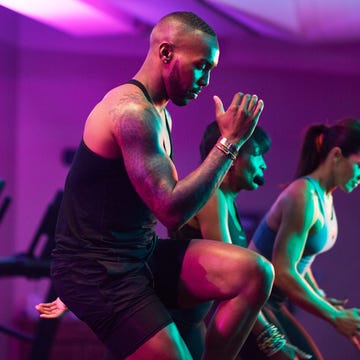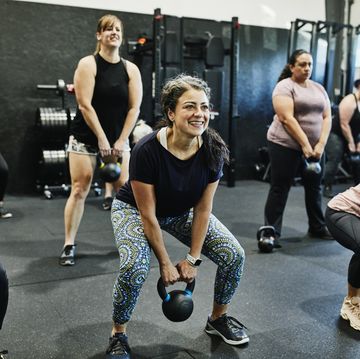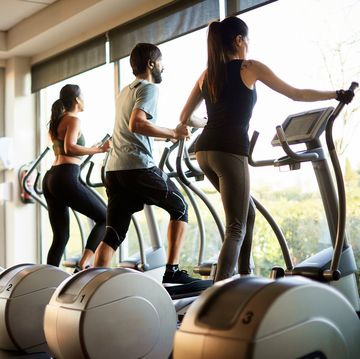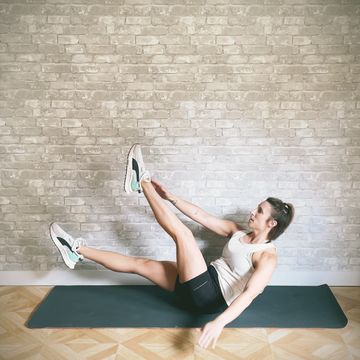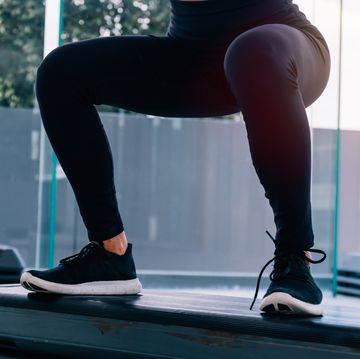Bicycle crunches are a great exercise for building core strength in runners – and they are a fair bit harder than they look.
Now, we don’t have to remind you of the importance of doing strength training as a runner, but if you are tight for time, looking for some good at-home strength exercises, or a core finisher to add to your running session, don’t underestimate the power of some good bicycle crunches (as long as you’re doing them correctly).
With this exercise, you’re essentially getting three for the price of one, since bicycle crunches engage three major core muscle groups at once – including your external obliques (the pair of muscles either side of your abdomen), transverse abdominis (known as your ‘deep’ ab muscles because they’re difficult to reach) and rectus abdominis (the ‘six-pack’ muscle running vertically down the middle of your torso).
What everyone's reading
What is a bicycle crunch?
The exercise is a variation of an ab crunch, where one leg flexes while the other extends. At the same time, there is rotation at the lumbar spine – the part of the spine in your lower back consisting of the five vertebrae (bones) L1 to L5. ‘This creates a challenge for the core as there are different muscle actions happening, which creates a torque (rotational force) on the pelvis, requiring more stability,’ explains Graeme Woodward, a UK Athletics Level 3 performance coach, UKSCA accredited S&C coach and We Run coach for West Yorkshire.
Why is core strength so important for runners and how can bicycle crunches help improve it?
But why should you start incorporating these crunches into your workout routine? Core strength is essential to maintaining level hips, which can decrease the risk of injuries such as runner’s knee, shin splints and calf tears.
A recent study published in the British Journal of Sports Medicine looked into the effectiveness of two different exercise interventions in reducing lower extremity injuries in novice recreational runners.
Researchers randomly assigned 325 novice runners into three different groups – hip and core, ankle and foot muscles or the control group (which performed static stretching exercises). All groups then performed the same running programme, and injuries were monitored using weekly questionnaires during the 24-week study. Researchers found that the average weekly prevalence of overuse injuries was 39% lower in the hip and core group compared with the control group – and the prevalence of substantial overuse injuries was 52% lower. The power of core strength, eh?
The advantage of a bicycle crunch, Woodward adds: ‘Is that it replicates human movement better where we experience extension and flexion with rotation. As such, this is one of the more demanding variations of crunches and is best done with a neutral lumbar spine to avoid irritation.'
To find your neutral spine position, lay down with your knees bent, and arch then flatten your back – the neutral position is somewhere between the two.
How to do bicycle crunches correctly
Complete two sets of10-15 reps:
- Lie on your back, with your hands at the side of your head, your knees bent, feet off the floor, your thighs at right angles to the floor and your calves parallel to it.
- ‘Cycle’ your legs and tense your abs at the same time so that your left elbow rises to touch your right knee, then your right elbow rises to meet your left knee. That’s one rep.




